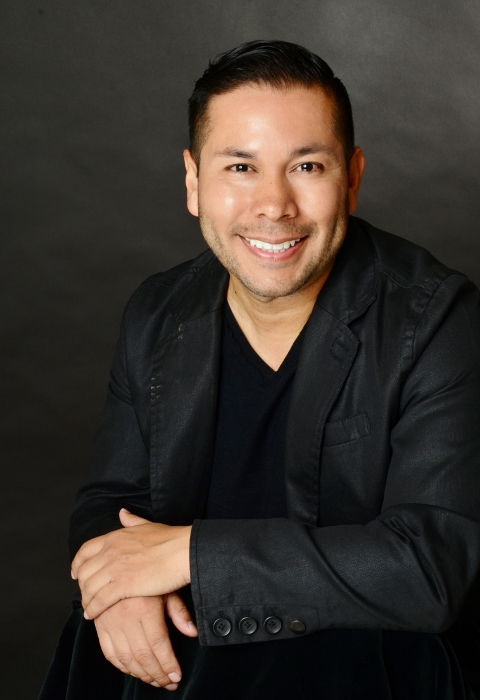 By Isacc Leija, senior recruiter
By Isacc Leija, senior recruiter
Congratulations, you’ve landed an interview. Now it’s time to prepare for answering what will likely be behavioral interview questions. These questions can vary in format: “Tell me about a time when…,” “Give an example of…,” “Describe when…” The objective of these questions is to determine a candidate’s skills and competencies, based on the rationale that past performance can provide insight into how well a candidate may do in the future. For example, if you’re interviewing for a nurse manager position, for which performance management is important, the interviewer might ask “How do you coach someone to develop a new skill?” Or, an interviewer might ask a marketing candidate to “Tell me about a time when you struggled to meet multiple deadlines.”
When responding to behavioral questions, it’s important to provide specific examples that highlight your relevant experience, more specifically the skill set looked for by the employer. While you may have a general idea of how to respond, you want to make sure your answer is concise and focused, showing you in the best possible light. Using the STAR (Situation, Task, Action and Result) technique can help structure your response.
Here’s an example of the STAR technique.
Question: Tell me about a time when you had to deal with a difficult patient care scenario.
Situation: Provide the context of your story. I was working the night shift in the emergency department when a call came in and we received 20 patients. We were short on staff, with only six RNs on duty. We had a crucial patient who came in with bruises and cuts requiring immediate treatment to stop the bleeding. The patient was very agitated and scared, lashing out at staff and adding to an already challenging situation.
Task: Explain what was required of you. It was my responsibility to clean the severe lacerations on the patient’s forehead, and administer medication per the doctor’s orders.
Action: Detail what you actually did. I noticed the patient was wearing a super hero shirt, and decided to connect with him by talking to him about the super hero’s strength and bravery. This calmed him, enabling me to provide proper care.
Result: Close with the results of your efforts. Once I calmed the patient and established a positive rapport with him, I was able to get the bleeding under control and stabilize him. He later thanked me and apologized for his behavior. Just last summer, he sent me a thank you card.
Note this response was concise and specific (evening, 20 patients, six RNs, super hero shirt), which makes your story more interesting by painting a visual and memorable. The STAR technique, when used correctly, can help you provide well-articulated examples of your qualifications, leaving a shining impression on the interviewer.











